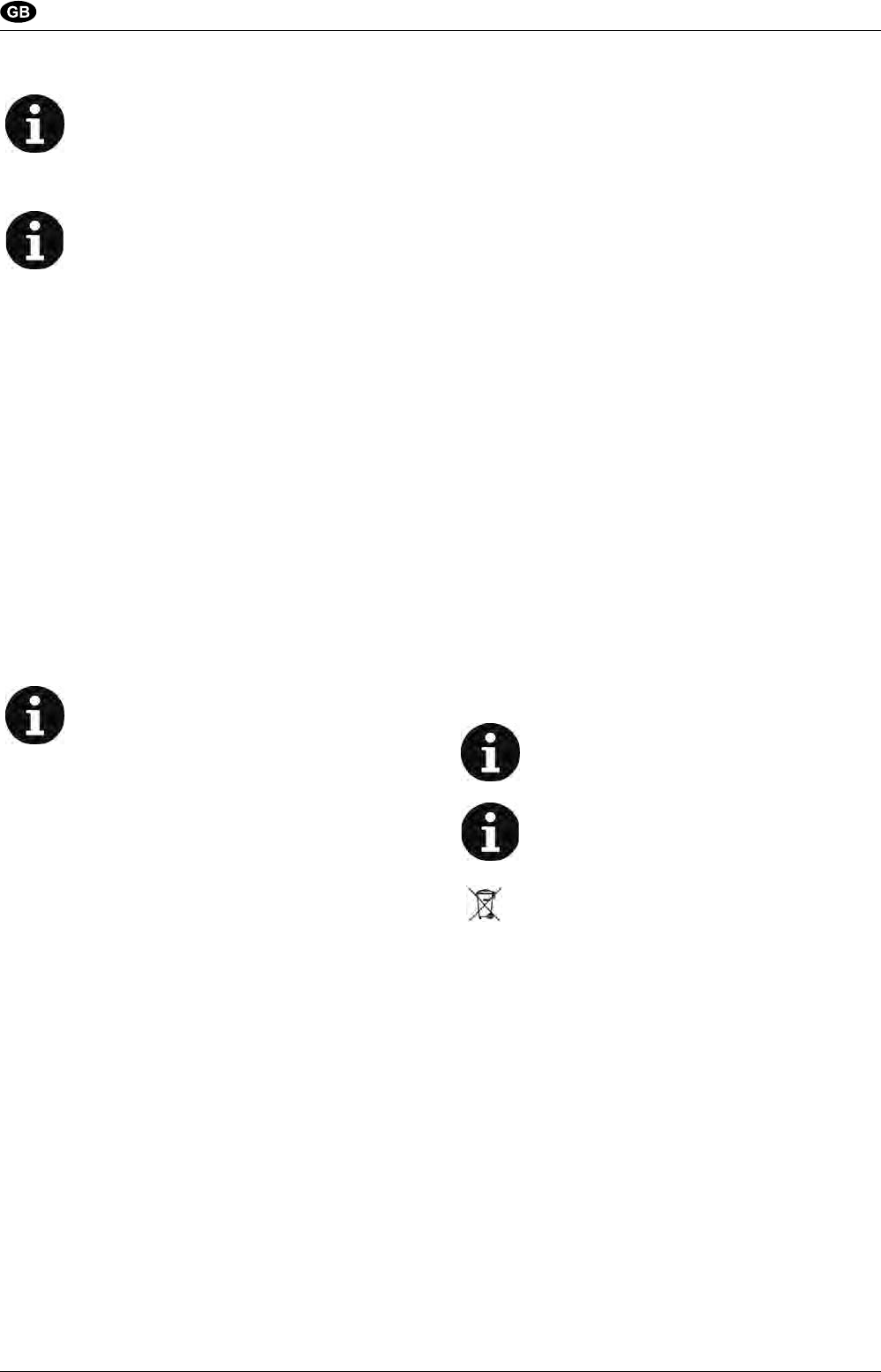
USER MANUAL
20 33014811(1)2005-07 A
DISMANTLING, DISPOSAL
DISMANTLING
Disconnect the cables from the control panels paying
attention to the markings on each cable and referring to the
wiring diagrams.
Do not remove the reference numbers from the cables and
terminal boards.
Hydraulic system dismantling
Dismantle the hydraulic systems referring to the relevant
diagrams.
Mechanical dismantling
Before the machine mechanical dismantling, wash all parts
that come into contact with the material and thoroughly clean
the rest of the machine.
Refer to the chapter “Transportation” for lifting the machine
and safety precautions to be taken.
Packaging
Use packing material suitable for the part weight and
features.
DISPOSAL
Used oils
Used lubricating and hydraulic oils should not be discharged
into the environment (waterways, sewerage systems etc.) but
they should be delivered to authorized disposal companies.
It is recommended to respect scrupulously the law in force.
Such materials should be stored in perfectly sealed lidded
containers, so that the used oil cannot leak out and
contaminate other substances, including rain water. Oil filters
should be stored in the same way and delivered to authorized
disposal companies.
Used lead batteries
Used batteries fall into the “toxic harmful” waste category.
They should be delivered to specially authorized companies
for disposal.
If not possible, “temporary storage” should be carried out
according to the law in force. This means, first and foremost:
having a temporary storage authorization. Store in perfectly
sealed plastic containers with a capacity at least equal to the
volume of the battery electrolyte. On no account should rain
water leak into the containers.
Material collected by the machine
The material collected by the machine can and should be
delivered as urban waste or similar to the Public Cleansing
Services (according to previous agreements).
This is possible provided that the waste does not contain toxic
or harmful substances.
When cleaning environments which can present
toxic-harmful waste, every single substance should be
collected separately and with empty hopper. The waste
should then be entirely dumped into special containers whose
handling should be carried out according to the law in force
and to provincial, regional and state rules.
Scrapping
At end of the machine life, dispose of all the below listed
materials which form the machine.
It is recommended to deliver the machine to an authorized
company who will provide for the machine correct disposal.
For the disposal of oils, filters and batteries, follow the above
described procedures. The ABS and metal components can
become secondary raw materials. Hoses and gaskets as well
as plastic and fibre glass should be sorted into separate
groups and delivered to the Public Cleansing Services.
WEEE 2002/96/EC
NOTE
Material should be disposed according to the
law in force.
NOTE
Pay the greatest attention when disconnecting
the conductors which are live even when the
ignition switch is in the “0” position.
NOTE
Secure a plate to the packaging showing
weight, content and any other information
necessary for transportation.
NOTE
Dispose of the machine different materials in
suitable refuse disposal sites.
NOTE
Always respect the laws in force in the country
concerned.


















